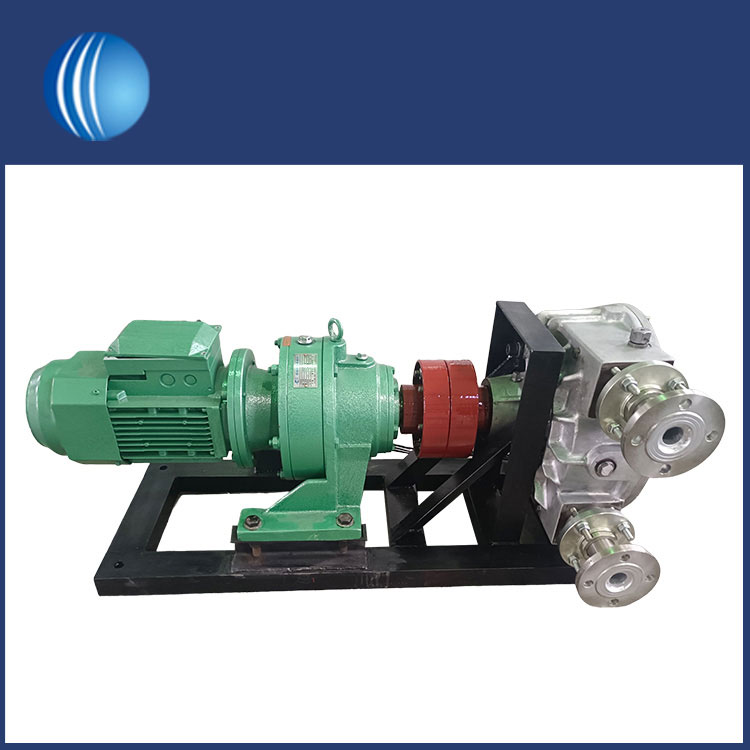
The pipe pump belongs to the category of centrifugal pumps. It is a single-stage centrifugal pump with a vertical structure. Because the layout design of its water inlet and outlet is relatively special, they are all located on the same straight line, and their inlet and outlet diameters are the same size. The overall expression is similar to a section of pipe. In addition, it can be installed at any position in the water pipeline, so it is named a pipe pump.

1. Suction stage: When the motor starts, the impeller starts to rotate. The air inside the impeller is forced to move, generating negative pressure, so that the liquid in the pipe pump is sucked into the pump body.
2. Push stage: When the impeller rotates, the liquid is pushed to the outlet of the pump body. In this process, the rotation speed and geometric shape of the impeller will affect the flow rate and pressure of the liquid.
3. Pump body and pipeline: The liquid flows from the pump body into the pipeline and is transported along the pipeline to the target location. The properties of the pipeline such as diameter, length and material will affect the efficiency and performance of liquid transportation.
| Hose Pump | Tube Pump |
|---|---|
| High pressure - can operate at up to 16 bar | Low pressure - can operate at up to 4 bar |
| Typically uses shoes | Typically has dry sleeves and uses rollers with non-reinforced extruded tubes |
| The sleeve is filled with lubricant to prevent external wear of the pump tube and help with heat dissipation | Uses rollers to squeeze the tube |
| Uses reinforced tubes with very thick walls, commonly called "hoses" | Has at least two rollers 180 degrees apart, with up to 8 or 12 rollers |
| For a given inner diameter, the outer diameter of the hose is much larger than that of a roller pump's tube | More rollers increase the frequency of pumped fluid at the outlet and reduce pulsation amplitude |
| The force required to occlude the hose is much greater than for a tube | Due to increased occlusion, more rollers reduce tube life |
(1) It should meet the design flow rate, design head and water supply and drainage requirements of the pump station at different times.
(2) At average head, the pipeline pump should operate in the high-efficiency zone; at the highest and lowest heads, the pipeline pump should be able to operate safely and stably without leaving the high-efficiency zone of the pipeline pump. Under various working conditions of the design standard, the pipeline pump unit shall not experience cavitation, vibration, overload and other phenomena.
(3) Pump types with good performance, wide high-efficiency zone, and adaptability to the changes in pump station head and flow rate should be selected. Priority should be given to the series of products recommended by the state. When the series of products cannot meet the requirements, new products can be developed and trial-produced according to the prescribed procedures. For pump stations with large head variations, pipeline pumps with steep H-Q curves should be selected; for pump stations with large flow variations, pipeline pumps with flat H-Q curves should be selected.
(4) The model and number of pipeline pumps selected should reduce the construction cost of the pump station (the sum of equipment costs and civil engineering investment) and be easy to construct, operate, maintain and manage.
(5) For cascade pump stations, the model and number of pipeline pumps should ensure the flow coordination requirements between the upper and lower pump stations, and try to avoid or reduce the water abandonment caused by insufficient or excessive flow in the lower pump station due to improper flow coordination.
(6) For axial flow pumps and mixed flow pumps with impeller diameters greater than 1600 mm, there should be installation model test data; when the flow component profile is significantly changed, the installation model test should be repeated.
(7) Take into account the characteristics of comprehensive water conservancy development as much as possible.